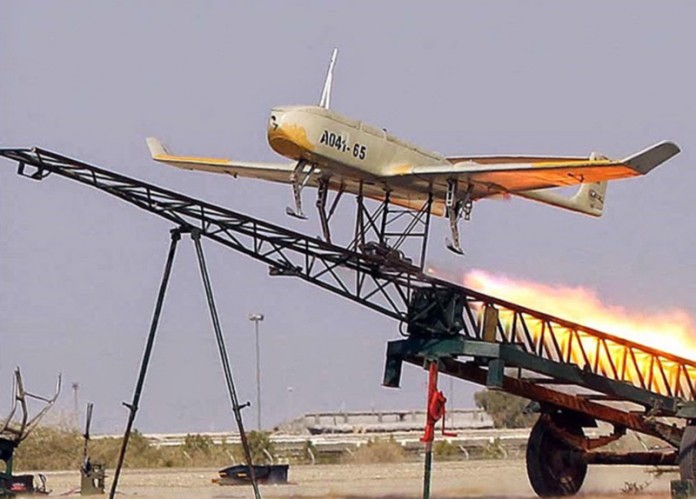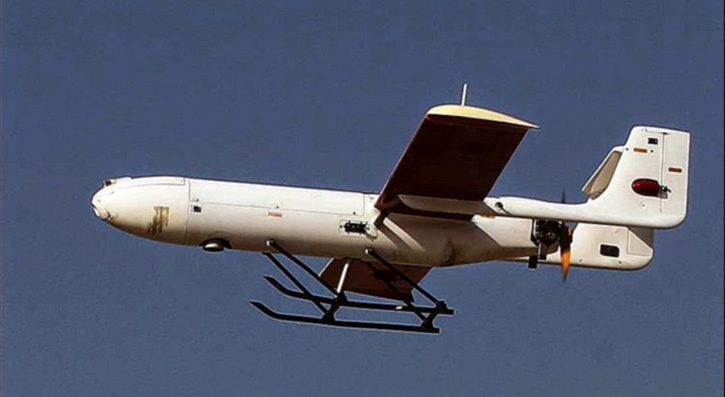

The Iranian air defense command has introduced a third generation evolution of the Hawk missile, locally designated ‘Shalamcheh’. The missile was presented publicly at the Khatam al-Anbia, taking part in a firing demonstration, as part of the six-day ‘Muhammad Rasullullah’ week long joint forces exercise undergoing in Southern Iran.
Drones integrated in combat operations
Iran’s air defense command is also concerned with the threat of drones and cruise missiles. During the exercise several air defense systems were deployed, some performed missions in front of the media, demonstrating how domestically improved Hawk missile systems shoot down target drones. Locally produced in Iran under the designation Shalamcheh, the missile represents the third evolution of the locally produced Raytheon MIM-23 Hawk air defense missile clone.
Some of the radar systems developed and deployed by the Iranian air defense command are already capable of detecting and tracking unmanned aerial systems, including such drones designed with stealth capabilities. Iran gained an insight into those capabilities after its forces managed to seize a US RQ-170 Sentinel stealth drone in 2011. The drone went down intact and enabled the Iranians to reverse engineer a version of the Sentinel, which recently began flight testing. (seen in the video below)
In addition, the Iranian military have tested two new home grown variants of the ’Mohajer’ (Migrant) unmanned aerial systems during the exercise. According to commander of the Iranian army ground force Brigadier General Ahmad-Reza Pourdastan, the Iranian ground force employed Unmanned Aerial Vehicles (UAVs) in the ongoing drill in two phases – supporting both on the friendly and enemy sides.

Two new drones named Mohajer 2-N (M2-N) and Mohajer 4 (M4) were tested in the recent exercise for the first time. Both are designed for reconnaissance missions. The drones were unveiled last month at the bi-annual arms expo at Kish Island.
During the exercise the drones support ground and artillery units providing intelligence and targeting data. Both M2-N and M4 carry a nose mounted camera. the M4 also has a belly mounted EO payload. On armed missions they can carry weapons on launching racks installed underneath the wings.
According to Iranian media, the new drone can be employed for a range of military and civil operations, including aerial reconnaissance and patrol missions, traffic control, rescue and relief, cartography and oil pollution control at the sea.
The M2-N weighs 90 kg and has a wing span of 3.8 meters. The operational radius of M2-N been extended to 150 kilometers and the flight endurance has reached 6 hours (x4 increase over the previous model). Mohair has an operational flight ceiling of 11,000 feet, and a maximum speed of 180 km/h.
The drone uses skids or parachute for landing, while takeoff is assisted by pneumatic catapult or a rocket booster. Another drone recently unveiled by Iran at the Kish exhibition is an unmanned rotorcraft called Yasin. According to media sources Yasin can carry a payload of 15 kilograms and reach an altitude up to 3,000-feet on missions lasting up to 70 minutes.



















